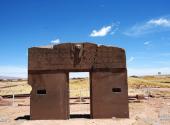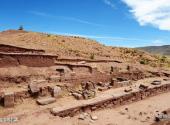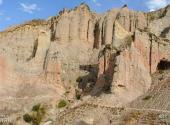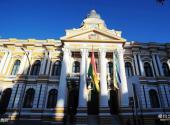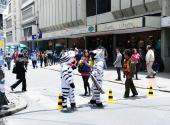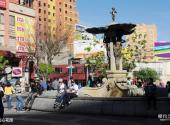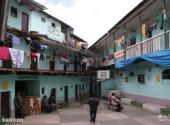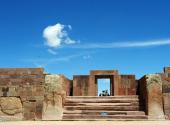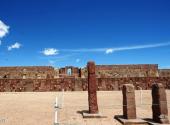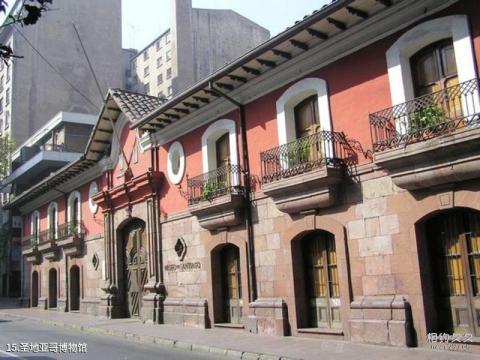
Scenic spot introduction:
La Paz is the de facto capital of the Republic of Bolivia, with an average altitude of 3,600 meters, making it the highest capital city in the world. La Paz is located in the canyon between the Imapu Mountains and the Illimani Mountains in South America. It is the country's political, economic, cultural center and transportation hub. La Paz's geographical location is very mountainous. The entire city is built on the slopes of the valley between snow-capped peaks. It is laid out in grades along the La Paz River. The houses are clearly layered and in a stepped shape. Some streets have slopes of up to 30-40 degrees, like a sports grandstand. The ground floor is a commercial area and government agencies, with many modern skyscrapers standing tall, and some Baroque buildings from the Spanish colonial period are also preserved.Attractions distribution:
La Paz is the highest city in the world and is known as the "Tibet" of South America. The main attractions are Plaza Murillo , San Pedro Prison , Moon Valley , Witch Market , Tiwanaku Ruins wait.Scenic spot features:
plateau, canyon, city, indigenous people, city, building, plateautravelling guideline:
Urban attractions route: Plaza Murillo – Old City – Street Garden – Witches Market – San Pedro Prison
Suburban attractions: Valley of the Moon – Tiwanaku Ruins
Best time to visit:
The climate is subtropical mountain climate, with an average annual temperature of 25℃, and tourism is possible in all seasons.
Scenic spot location:
America>Bolivia>La Paz
How to get there:
Airplane: La Paz International Airport, located at 4,000 meters above sea level, is the highest commercial airport in the world.
Train: La Paz has railways connecting it to Chile, Argentina, Brazil and other countries.
Scenic area map:
Click to expand the scenic area map
Precautions:
1. La Paz is located in the Andes Plateau, so warm clothing is essential.
2. You can fly directly to La Paz from neighboring Peru or Argentina, but the possibility of severe altitude sickness is higher. To avoid altitude sickness, you can take a car from neighboring countries, divide the trip into several days, and climb slowly to allow the body to adapt. If you have mild altitude sickness, it is best to rest more and walk less. Drinking a cup of local coca leaf tea will alleviate the symptoms. But if the symptoms are severe, it is best to get down the mountain immediately.
3. Just like traveling to Tibet, ordinary travelers should pay attention to changes in their physical condition to avoid symptoms such as hypoxia that affect their travel. If there is slight hypoxia, you must use an oxygen cylinder or reduce activities such as exercise and bathing.


